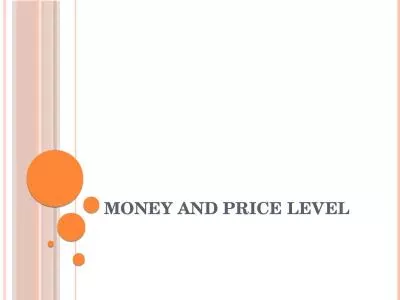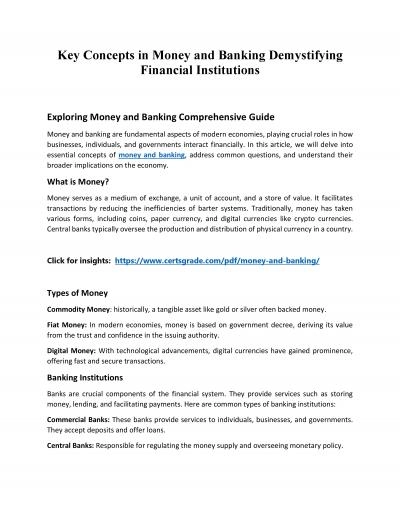PPT-Chapter Two 2- 2 Money and How We Use It
Author : daisy | Published Date : 2023-11-07
Money is an asset that is generally accepted as payment for goods and services or repayment of debt Income is a flow of earnings over time where wealth is the
Presentation Embed Code
Download Presentation
Download Presentation The PPT/PDF document "Chapter Two 2- 2 Money and How We Use It" is the property of its rightful owner. Permission is granted to download and print the materials on this website for personal, non-commercial use only, and to display it on your personal computer provided you do not modify the materials and that you retain all copyright notices contained in the materials. By downloading content from our website, you accept the terms of this agreement.
Chapter Two 2- 2 Money and How We Use It: Transcript
Download Rules Of Document
"Chapter Two 2- 2 Money and How We Use It"The content belongs to its owner. You may download and print it for personal use, without modification, and keep all copyright notices. By downloading, you agree to these terms.
Related Documents

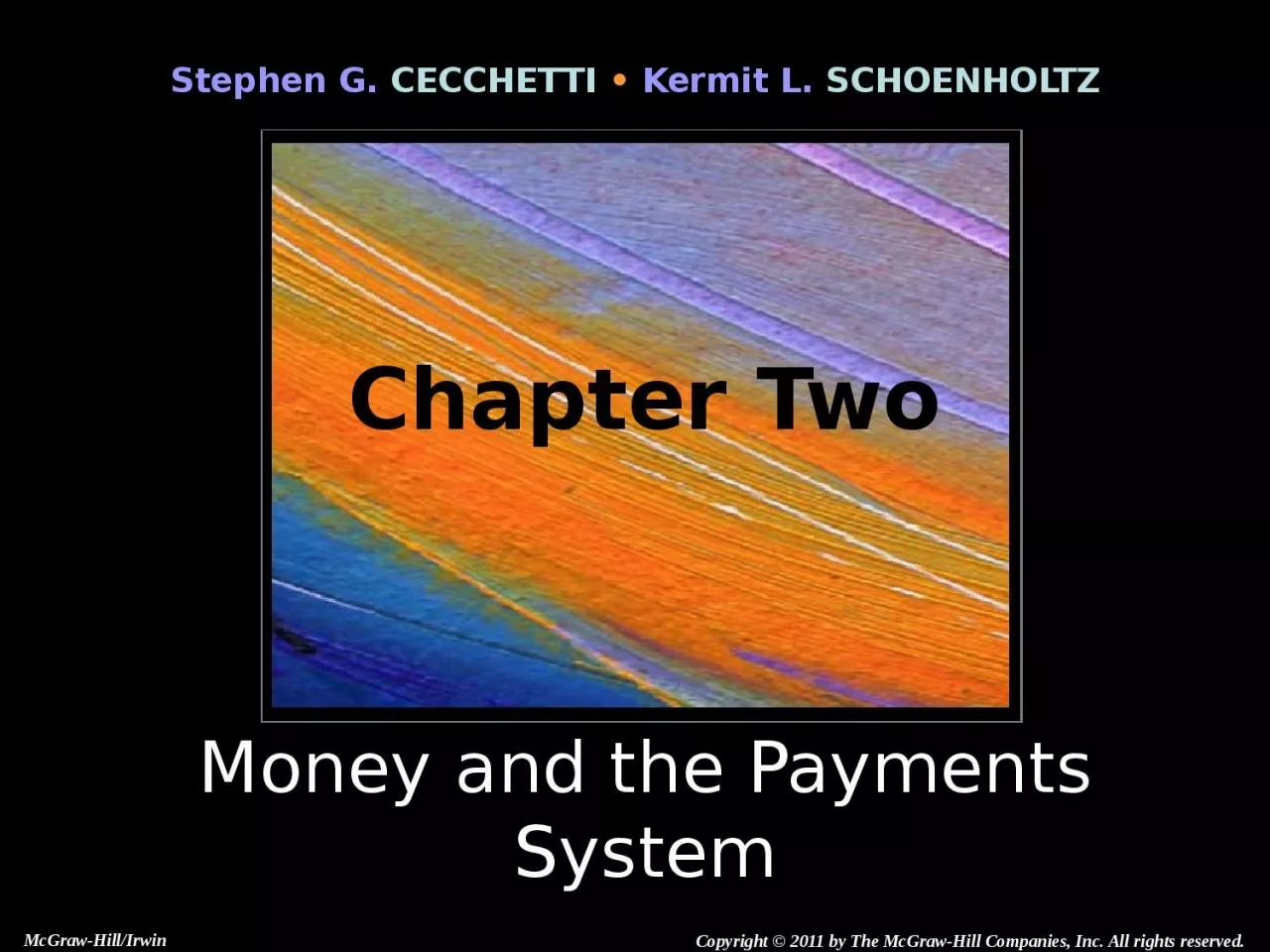
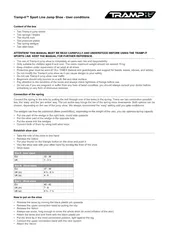


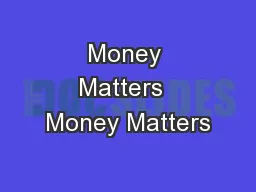
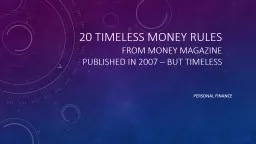
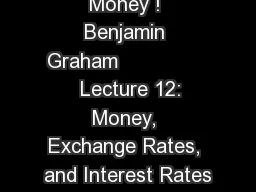
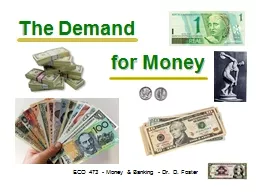
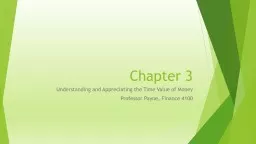

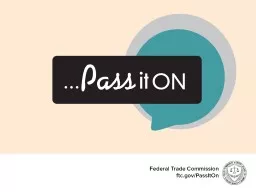
![[READ] All About Money - Economics - Business - Ages 10+: The Thinking Tree - Do-It-Yourself](https://thumbs.docslides.com/1008096/read-all-about-money-economics-business-ages-10-the-thinking-tree-do-it-yourself-homeschooling-curriculum-all-about-money-how-to-make-money-money-economics-business-research-gre.jpg)
